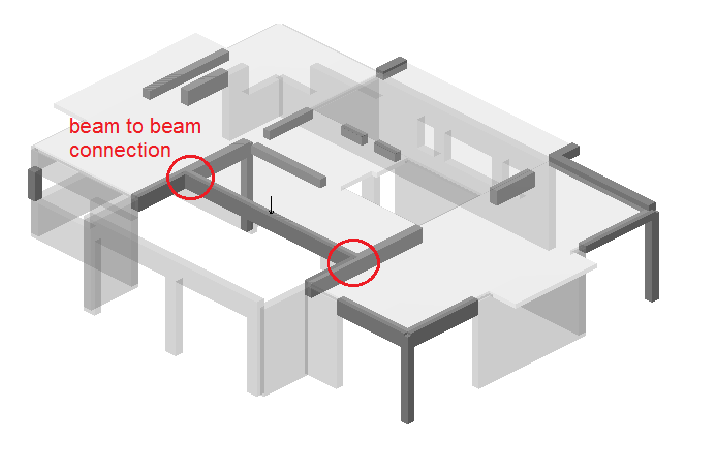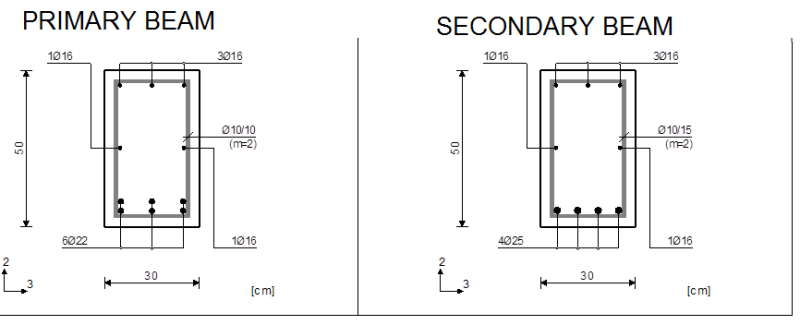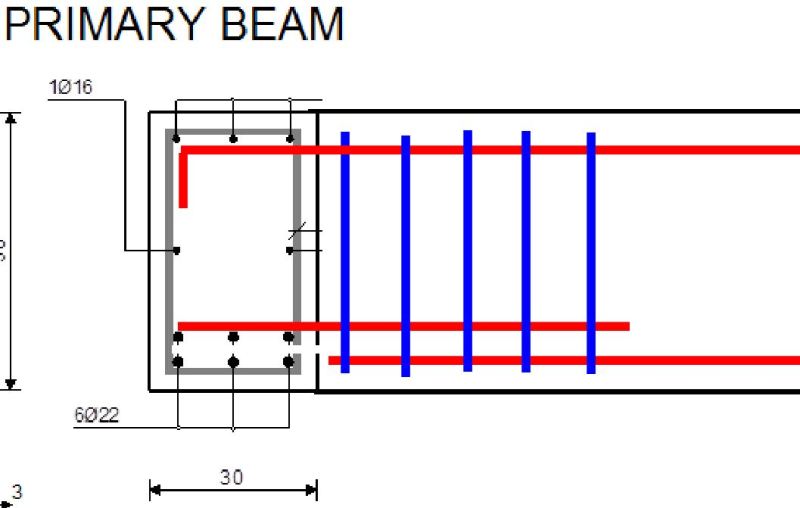English is not my 1st language, so I think thats an expression to use.
I have RC beam that is supported on another RC beam. At connection I should provide 'hanging' reinforcement right?
I was hoping that someone can help me out and post some details/sketch about how this reinforcement looks like / proper way to do it.
Tnx.

I have RC beam that is supported on another RC beam. At connection I should provide 'hanging' reinforcement right?
I was hoping that someone can help me out and post some details/sketch about how this reinforcement looks like / proper way to do it.
Tnx.






